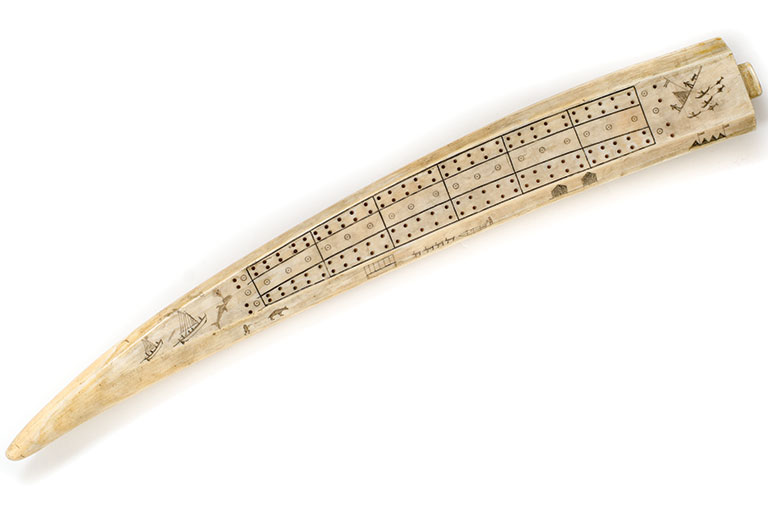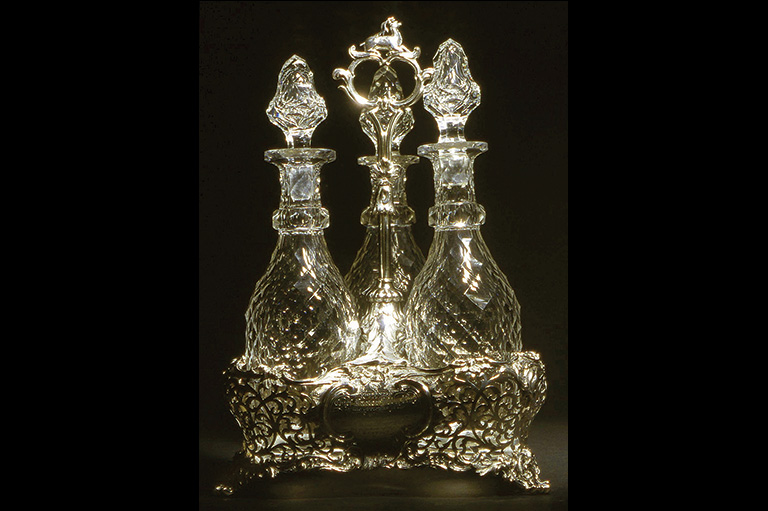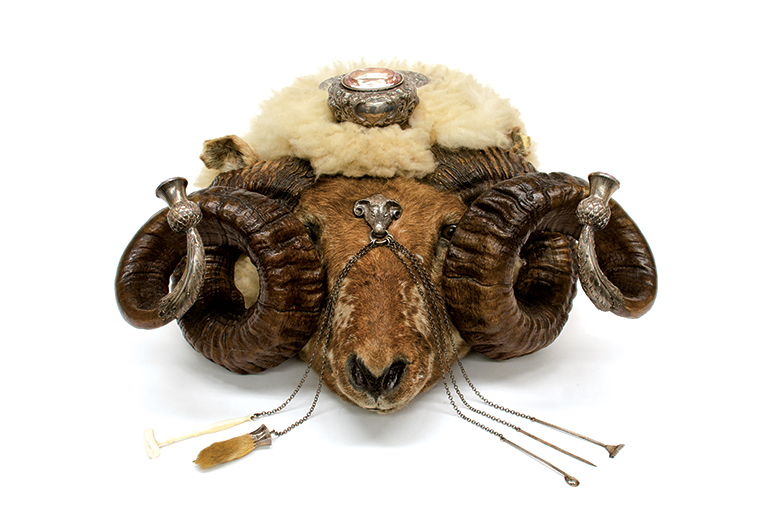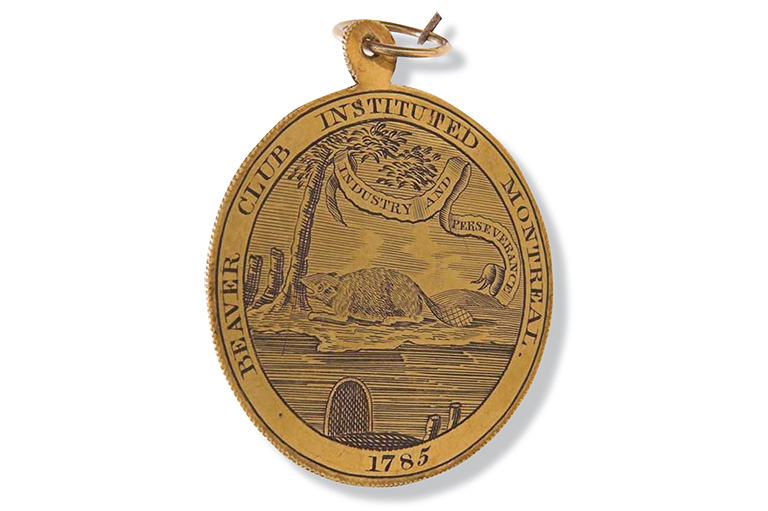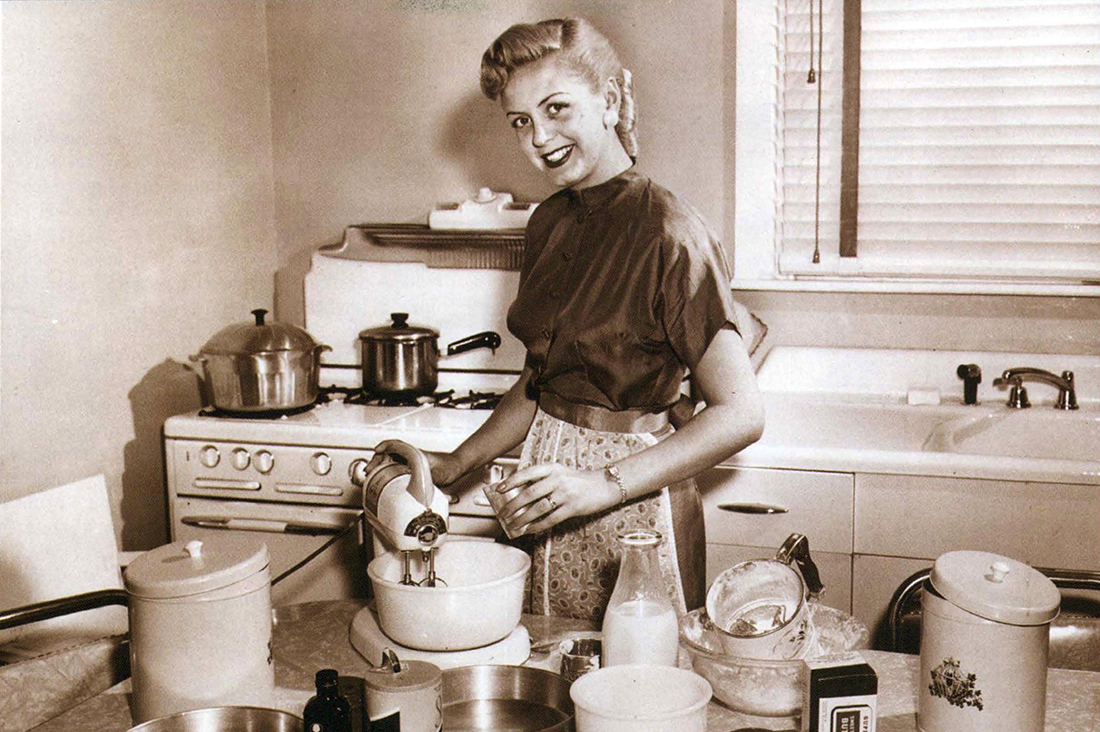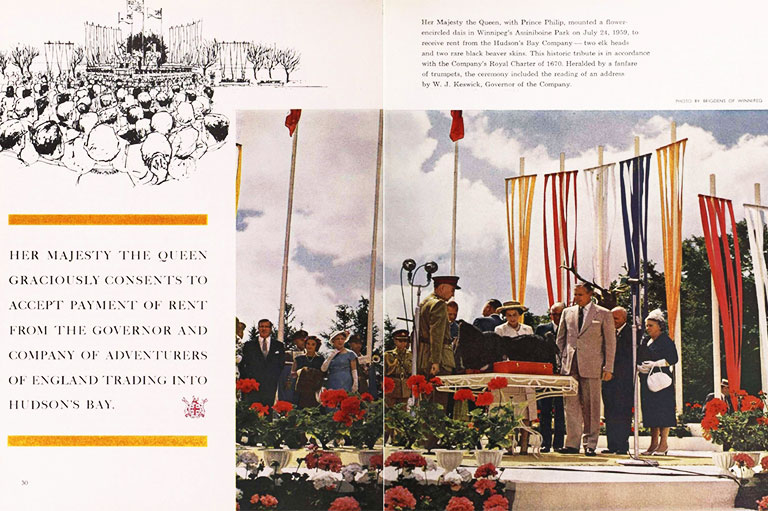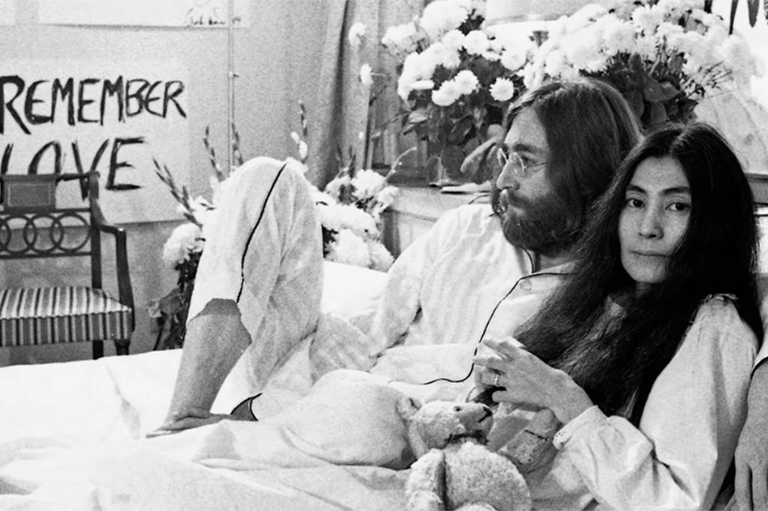Mother-of-pearl gaming counters
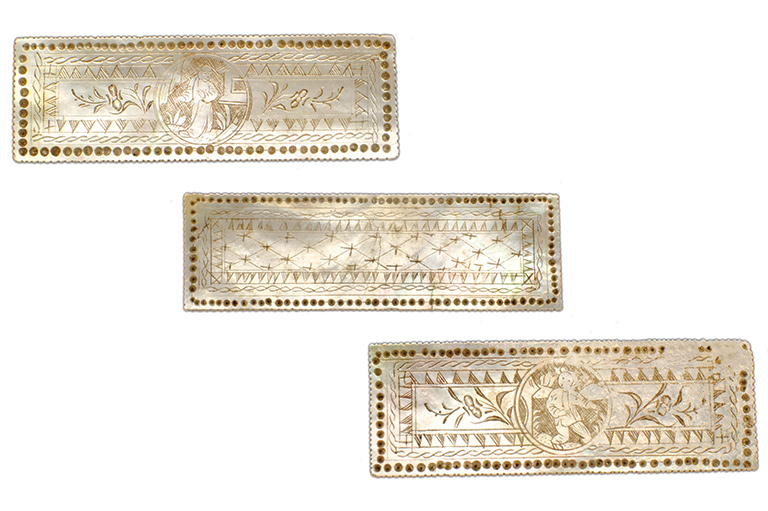
Chinese mother-of-pearl gaming counters made their way into the European market around 1700. They quickly became a popular trade item among the elites, because they were very expensive to acquire.
Gaming counters would be used either to keep score or for bidding during card games. Early varieties have distinctly Chinese designs with fine cross-hatching patterns and are very thin and delicate.
By about 1840, when demand appears to have greatly decreased, counters became much thicker with less elaborate designs. Producers tried to make more counters to attract more business, thus reducing quality, but trends in Europe were shifting from card games that required counters to games like whist that did not need them.
These counters are still quite thin but lack some of the fine artwork seen in the earlier counters, so they were likely made shortly before the decline. They come from the Fort Victoria warehouse, in what is now downtown Victoria, and were likely brought in as trade goods.
With 7 uniquely curated newsletters to choose from, we have something for everyone.
We hope you’ll help us continue to share fascinating stories about Canada’s past by making a donation to Canada’s History Society today.
We highlight our nation’s diverse past by telling stories that illuminate the people, places, and events that unite us as Canadians, and by making those stories accessible to everyone through our free online content.
We are a registered charity that depends on contributions from readers like you to share inspiring and informative stories with students and citizens of all ages — award-winning stories written by Canada’s top historians, authors, journalists, and history enthusiasts.
Any amount helps, or better yet, start a monthly donation today. Your support makes all the difference. Thank you!
Themes associated with this article
Advertisement

